
From Vatican City to Angkor Wat and many places in between. Here are amazing spiritual destinations that have great significance to so many people in the world and are some of the places you need to visit on your journey to a more enlightened self.

Located on the island of Java, this is the largest Buddhist monument in the world and was constructed as a three-dimensional mandala (diagram of the universe). Top-hungry travelers won’t get the maximum spiritual benefit from their visit so slow down the pace and take the time to enjoy each of the 10 levels of construction - each of which represents a different stage on the inner self’s journey. Regardless of your own faith, it’s impossible not to moved and awed by such ancient magnificence.
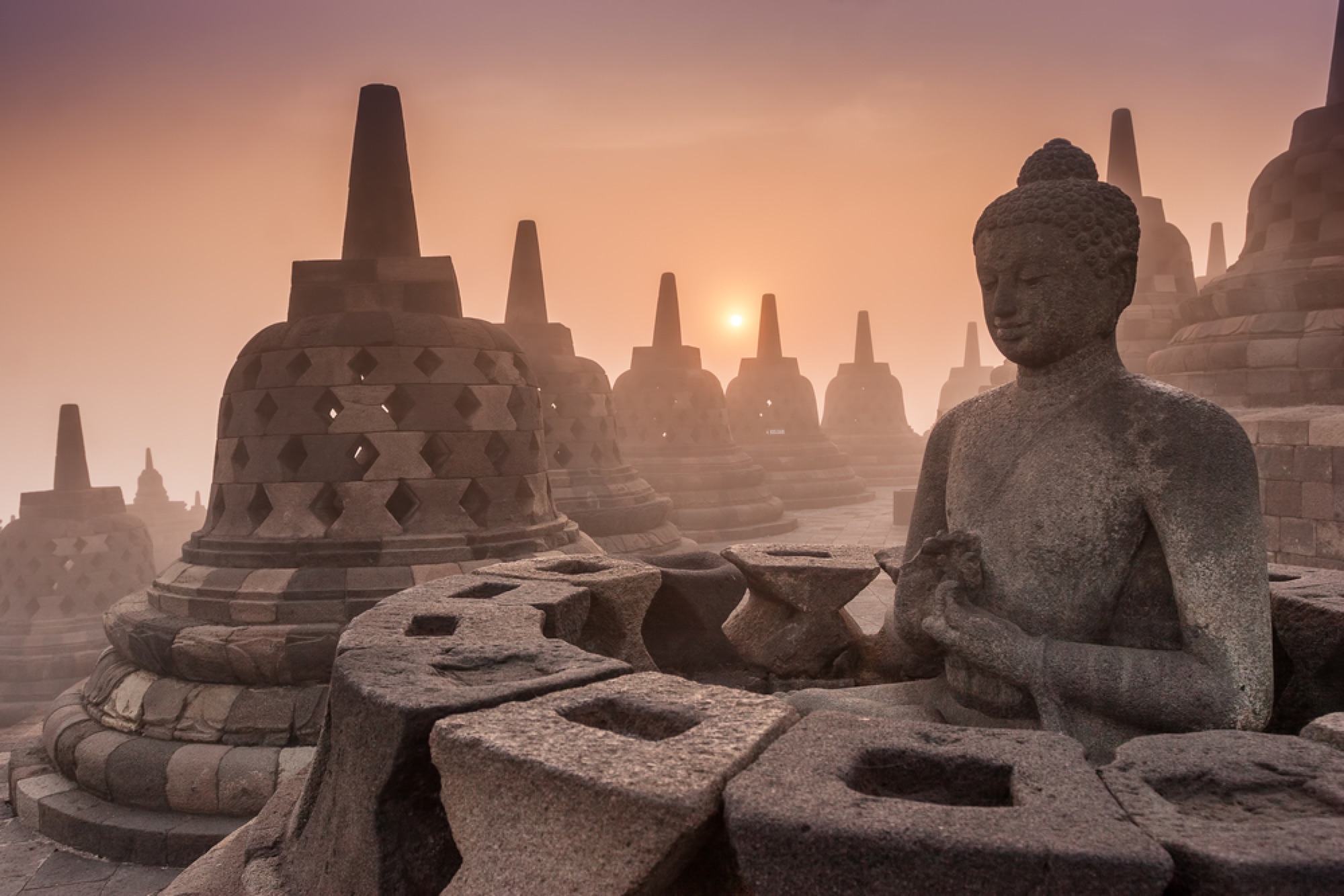
As well as being the best preserved architectural site of the Khmer Empire (AD 802-1431), Angkor Wat is the largest spiritual complex in the world, covering some 400 kilometers. Archaeologists have uncovered significant links between the movements of the skies and the placement of each one of this ancient construction’s stones and, to this day, many visitors to Angkor Wat report experiencing a sense of heightened spirituality and cosmic connection.
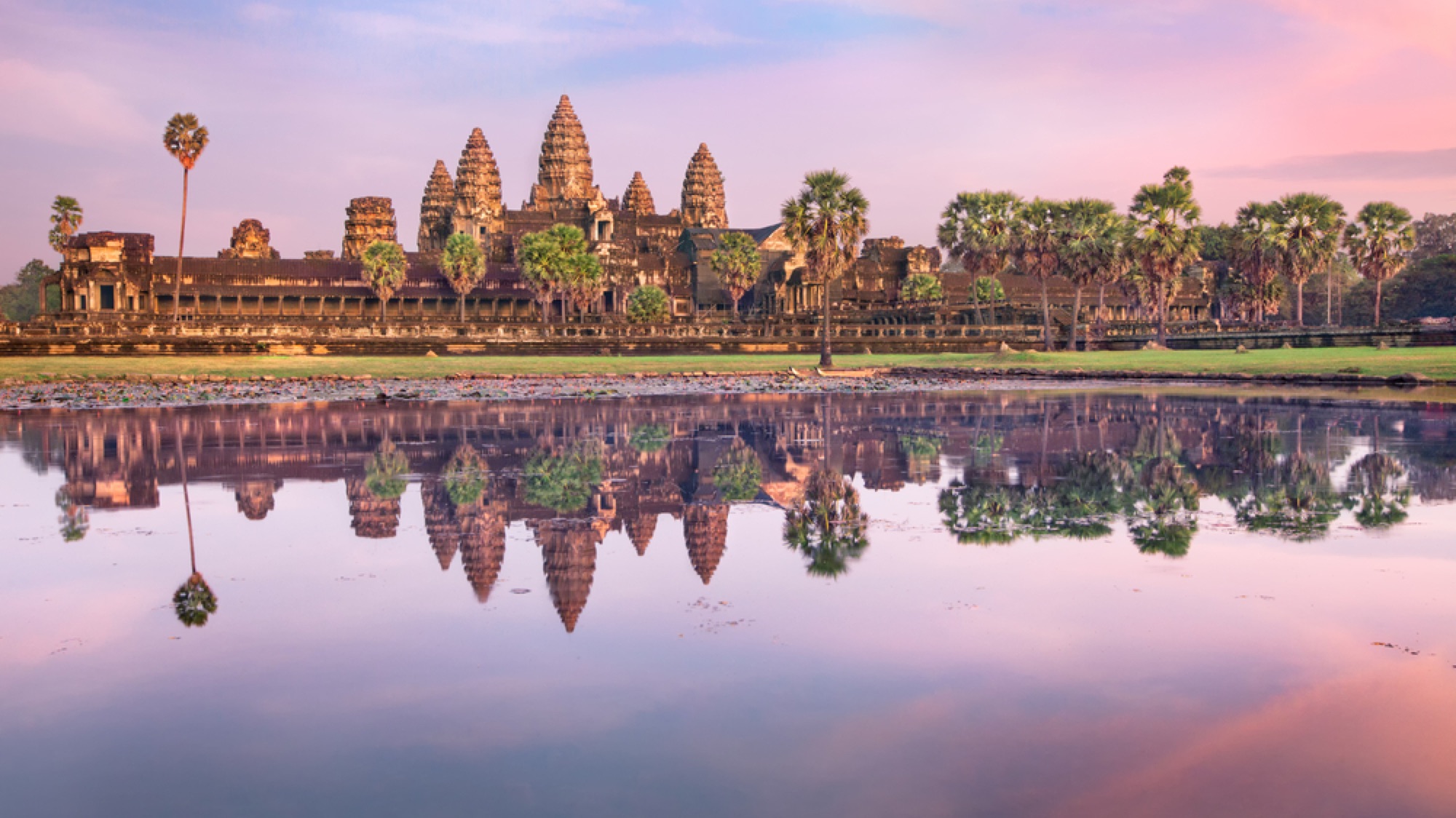
Impossibly remote, the remains of this ancient Inca civilisation remained undiscovered for around 400 years. As well as being a marvel of engineering, with stones so precisely shaped to fit together that they required no mortar, the complex contains multiple shrines, temples and carvings, some of which are clearly oriented to astronomical events. You can happily ignore the Shaman who claim to be able to add to your experience of Machu Picchu; this is a site that incites reverence and awe all by itself.
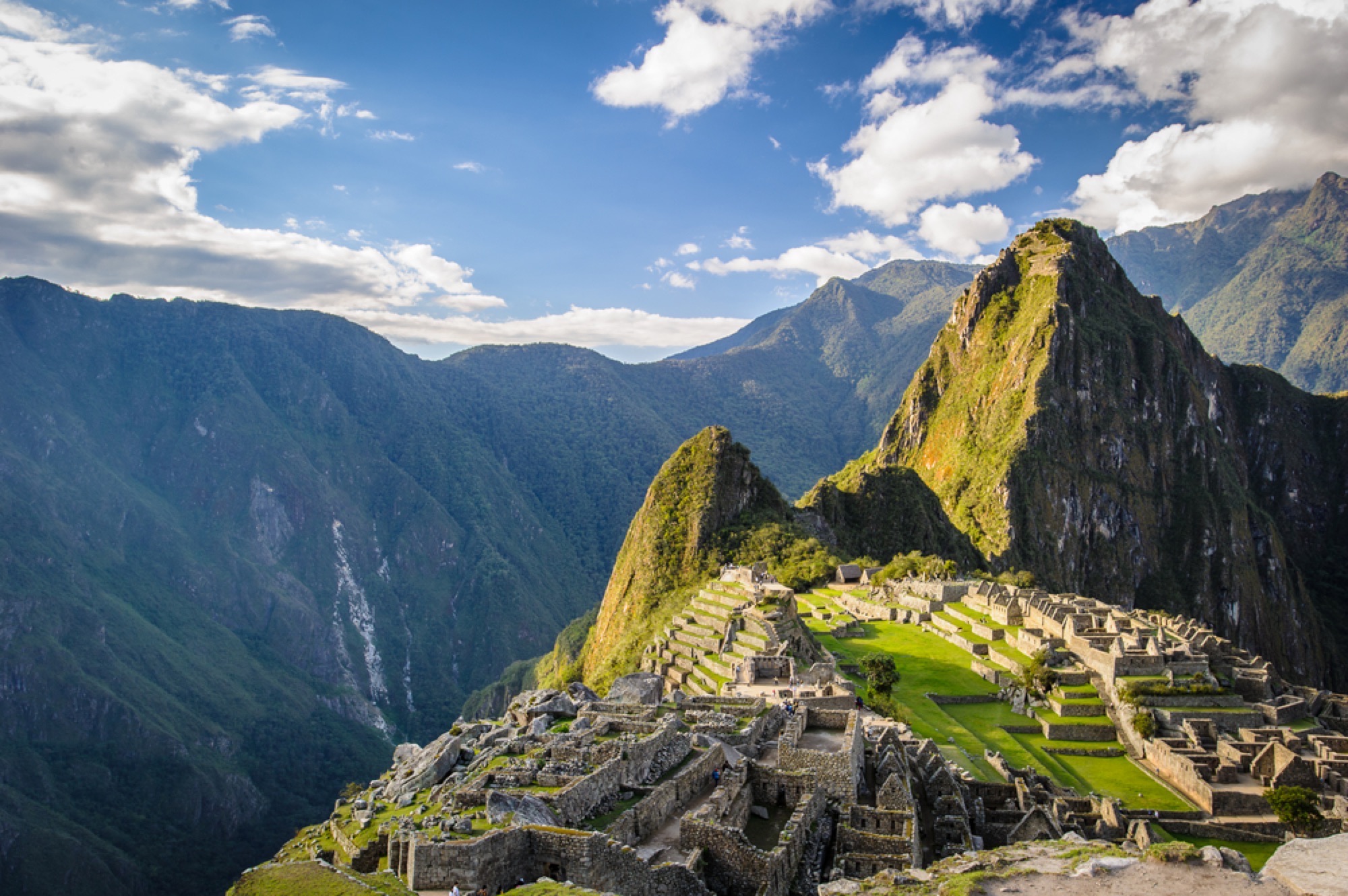
In February of 1958, the Virgin Mary ‘appeared’ to Bernadette Soubirous, a 14 year old schoolgirl, as she made her way home. These visions, in which the Virgin took the form of a beautiful, white-robed, light-bathed woman, occurred some 18 times before ceasing in July of the same year. A spring was discovered near the site of the apparition and today attracts around 5 million pilgrims each year, many of whom attribute astonishing tales of healing to its waters.
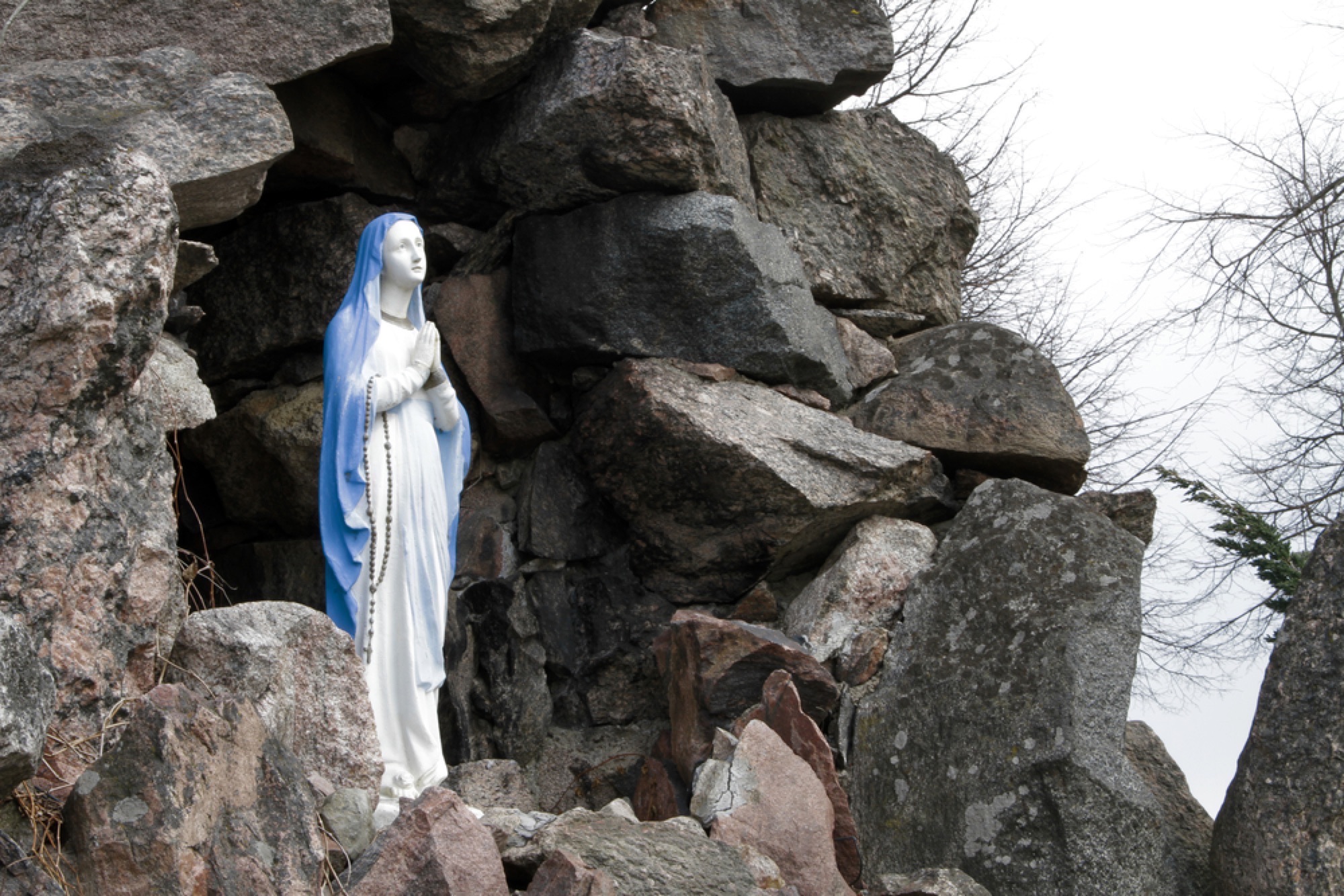
The bodhi tree under which Prince Siddharta meditated for three nights - before experiencing the enlightenment that formed the basis of his teachings - is located here and is not only a major pilgrimage destination but a UNESCO World Heritage Site. A temple complex surrounds what is believed to be a direct ‘relative’ of the original tree and fallen leaves from it are highly prized by visitors. Prayer, study and meditation will form the backbone of the incredibly tranquil days you spend here: enjoy the calm and be content to observe.

Erected at the end of the Stone Age, this ancient monument, was once a complete circle of standing stones and indeed, part of a much larger sacred construction. Because the stones - which weigh an average 25 tons each - are believed to have come from some 30 kilometers away, theorists have puzzled for years over how they were transported - and for what purpose? There are many burial sites in the vicinity, which adds weight to the idea of Stonehenge as a spiritual site; some visitors today refer to it as a ‘power place’ which emits energy and has healing properties.

Located within about a half-hour drive of Jerusalem, this is actually a lake, not a sea - but it’s packed full of salt and other beneficial minerals - and, as such, has fantastically healing properties, even if it can’t sustain life (hence its name). People from all over the world come here to be cured - or at least, relieved - of the symptoms of various conditions, ranging from skin complaints to arthritis and respiratory conditions. There’s a biblical significance to the Dead Sea, too, with Ezekiel prophesying that one day, life will return to it: a symbol of the healing process that our whole world will undergo.
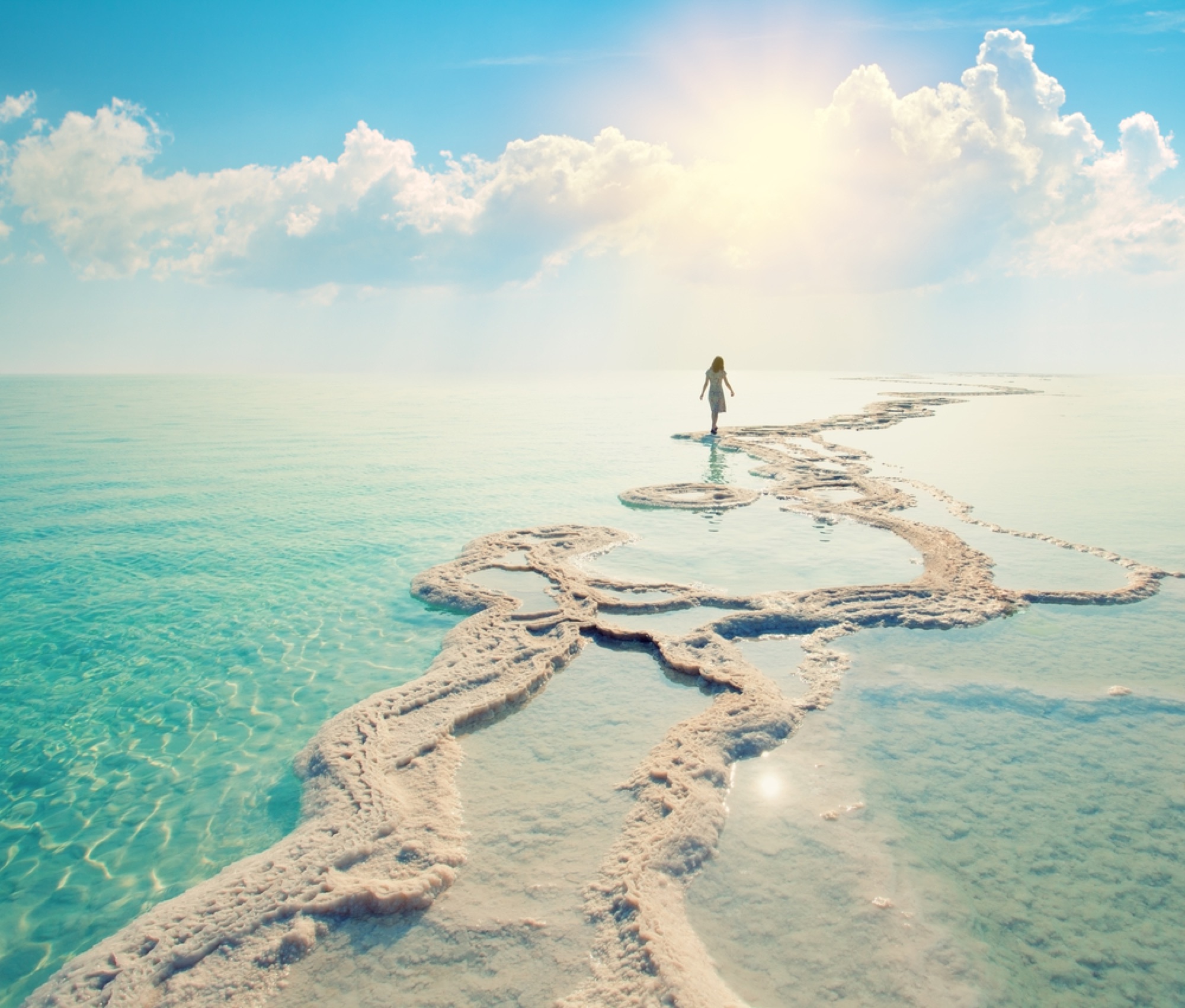
Dotted with Mayan-built pyramids, there are three natural cenotes (underground pools) here which were sacred to the Mayan gods - and also the site of sacrifices when things (crops and weather, for example) weren’t going so well. Head here for the annual spring and fall equinoxes, when the sun casts a shadow that is believed to represent the Mayan serpent god Kulkukan. Various stones found here, such as quartz and jade, are also believed to be able to transmit the energetic properties of the area.
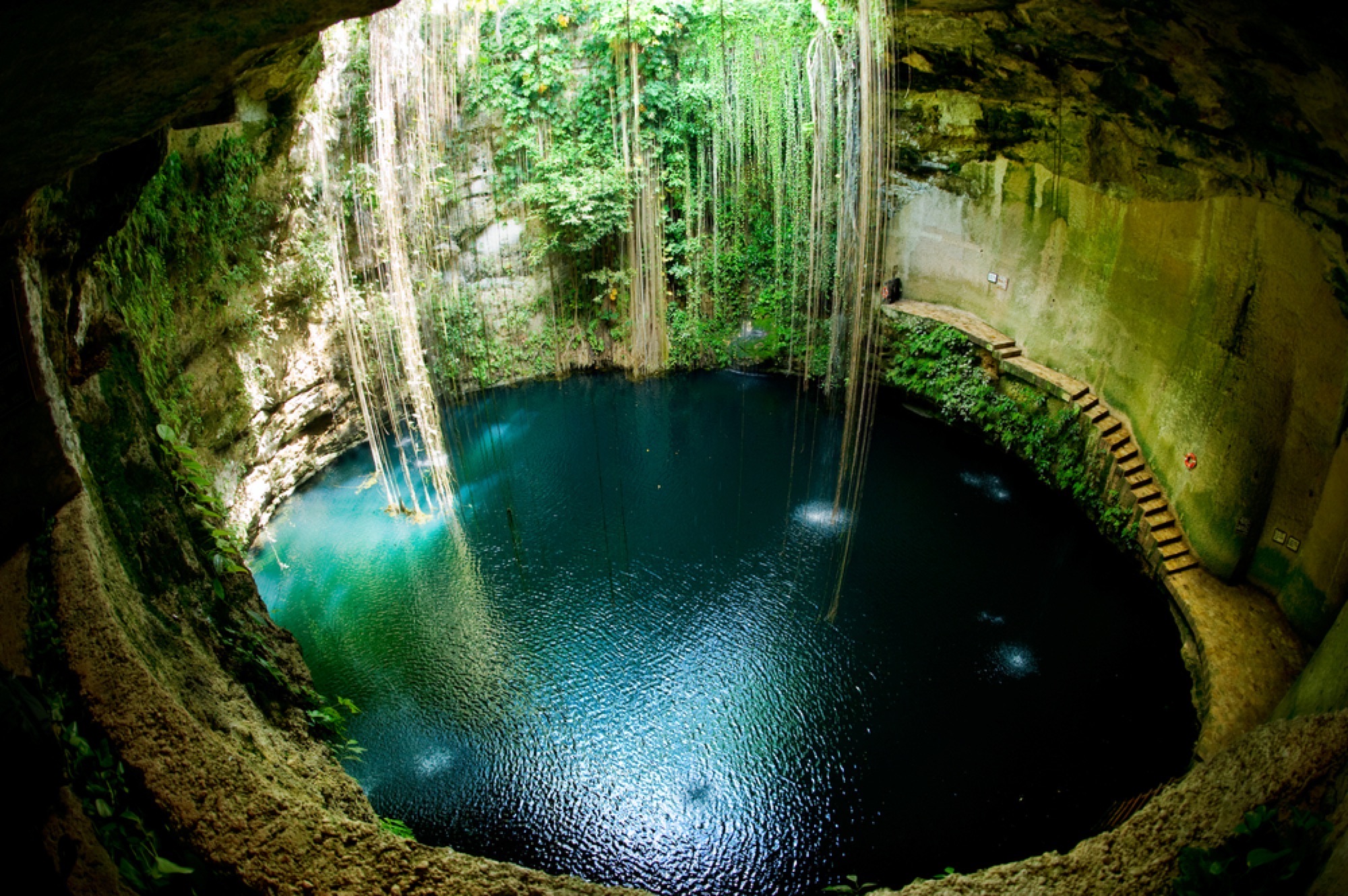
Look away, girls - only men (and only those over the age of 18) may visit Greece’s 2,033 meter high Holy Mountain on the Halkidiki peninsula, where 20 Orthodox communities of monks co-exist in a self-governing society. A stringent entry permit system is in place, but simple guesthouse accommodation is available at the monasteries for visitors hiking, pilgrim-style, between each one.
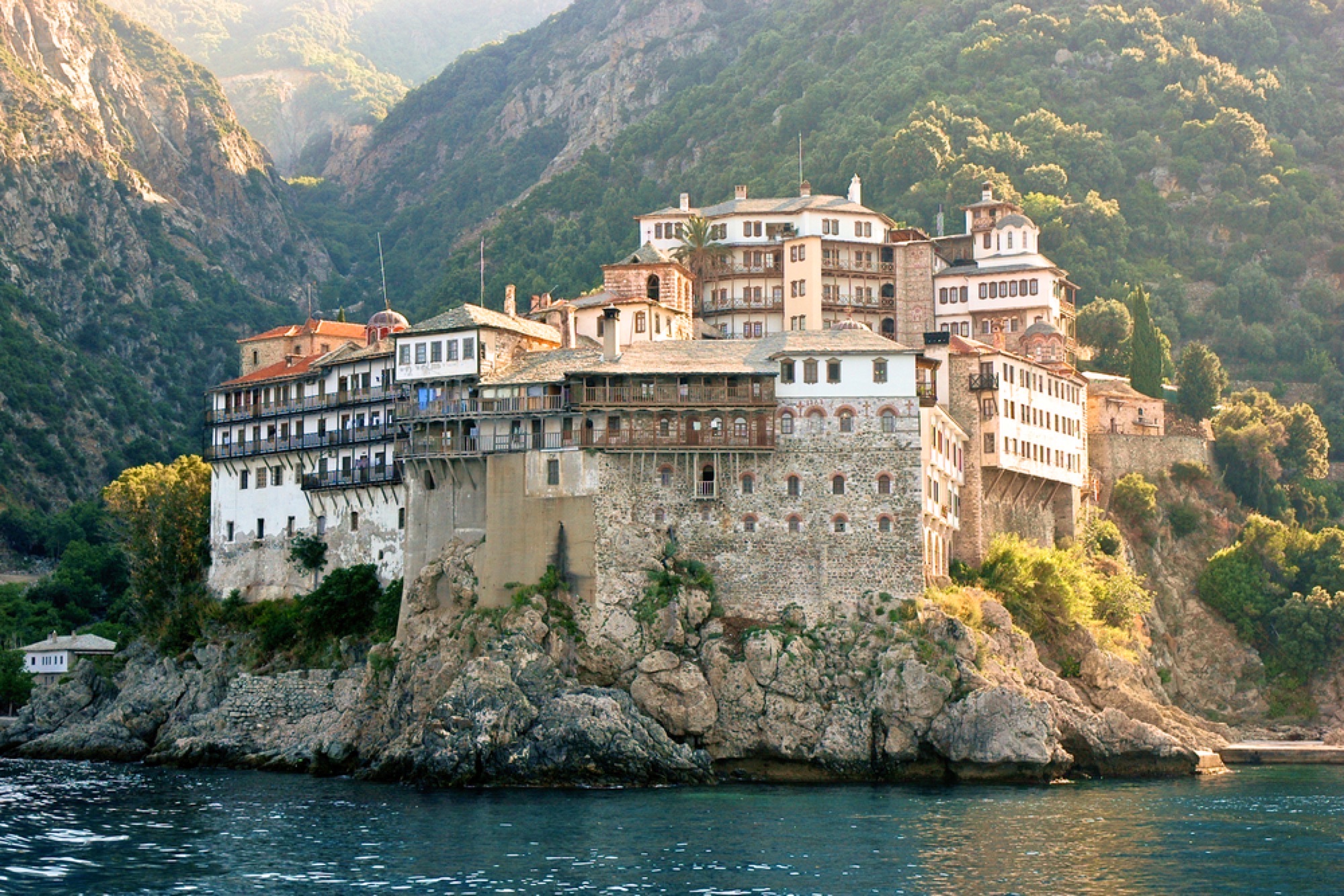
It’s the centre of the Islamic world: the birthplace of the prophet Muhammed and where he first received the Words of God and proclaimed his purpose. So venerated by Muslims is it that they turn towards it to pray, no matter where they are in the world. It is also a requirement of their faith that they make a ‘hajj’ - an annual pilgrimage held in the final month of the Islamic lunar calendar - here at least once in their lives, physical and financial circumstances allowing. Around 3 million people descend during this month although pilgrims from all over the world visit throughout the year as well.
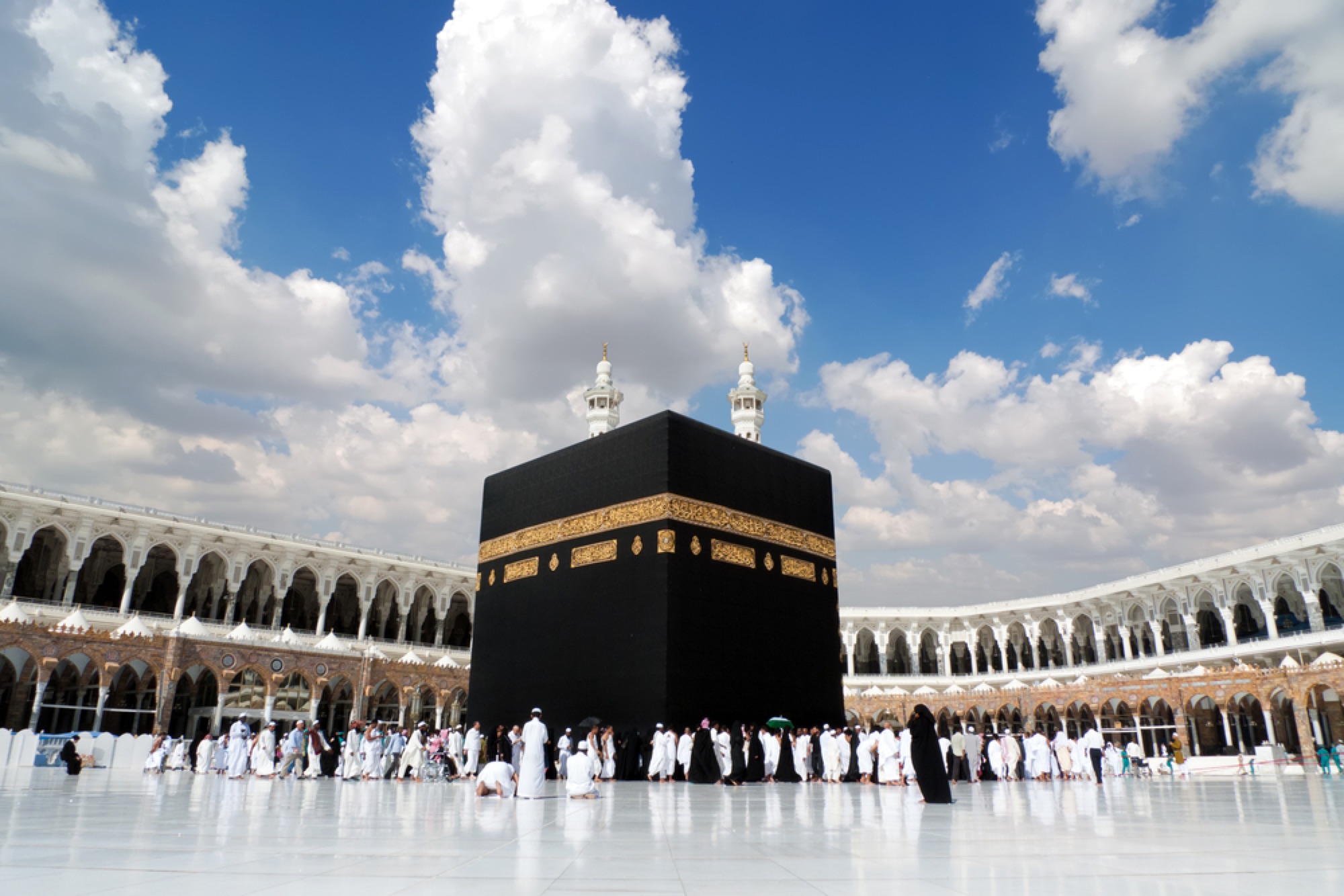
In many cultures, bathing has a spiritual as well as physical purpose; Russia is no exception and this particular bathhouse is one of the most culturally significant in Moscow. Be aware that in Russian Banyas (baths) nudity is the norm, since evil spirits can lurk within your clothing - so banish your inhibitions, strip off, shower, steam, self-flagellate with juniper or birch branches (not really, but beating yourself vigorously with these is said to stimulate the circulation and promote that post-banya glow) … and then repeat for as many times as possible to optimize benefits to both body and soul.

Once the home of the Sinagua Indians, Sedona is believed to be the point at which several healing energy flows converge. It has attracted New Age practitioners and alternatives for many years, but even if you can’t feel the vibe yourself, there’s a whole host of holistic therapies and classes on offer to help you get into the spirit. Still not convinced? Take to the great outdoors - some of the best hiking in the world is available here and you can’t fail to be awestruck by Mother Nature’s sheer genius.
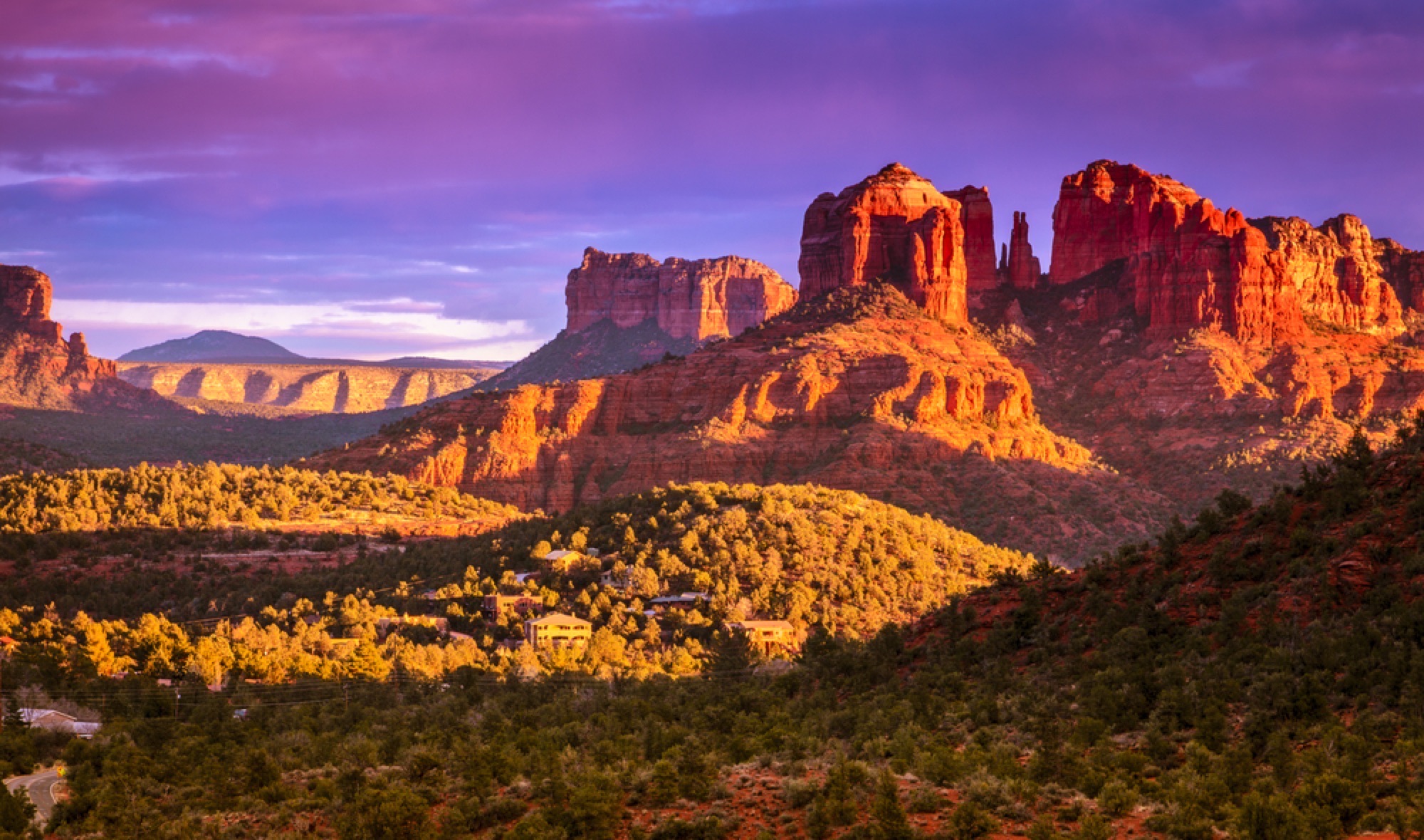
When St Peter was martyred at the nearby Circus Nero (legend has it that he was crucified upside down) his remains were recovered by the faithful and buried in a necropolis where the current St Peter’s stands. Rediscovered in the 20th century, extensive forensic work confirmed that the bones found were, in fact, that of St Peter; they were displayed for public veneration by Pope Francis in 2013 and the Vatican continues to be the epicenter of the Catholic faith. To learn more about St. Peter's and Vatican City check out the section on Vatican City in this Rome Travel Guide.

Within the expanse of Australia’s vast red centre lies Uluru, a place of huge spiritual significance to the indigenous Australian Aborigines. More than just a landmark, it is a central feature in their creation myths, and the embodiment of their cultural landscape. Hike around its base, admire it from a distance as it majestically changes colour in differing lights of day - but do your own spirituality a favour and respect the wishes of its traditional owners by not climbing to its 348 meter summit.

The Ganges begins as a mere trickle from the Gomukh Glacier in the Himalayas, from which it stretches northwards over 2000 kilometers to The Bay of Bengal. As India’s holiest river, its birthplace is the point held in most reverence by Hindus, who set out to reach it from Gangotri, hiking through approximately 25 kilometers of unforgiving, mountainous landscape on a pilgrimage, which culminates in the performance of rituals in the vicinity of the source.
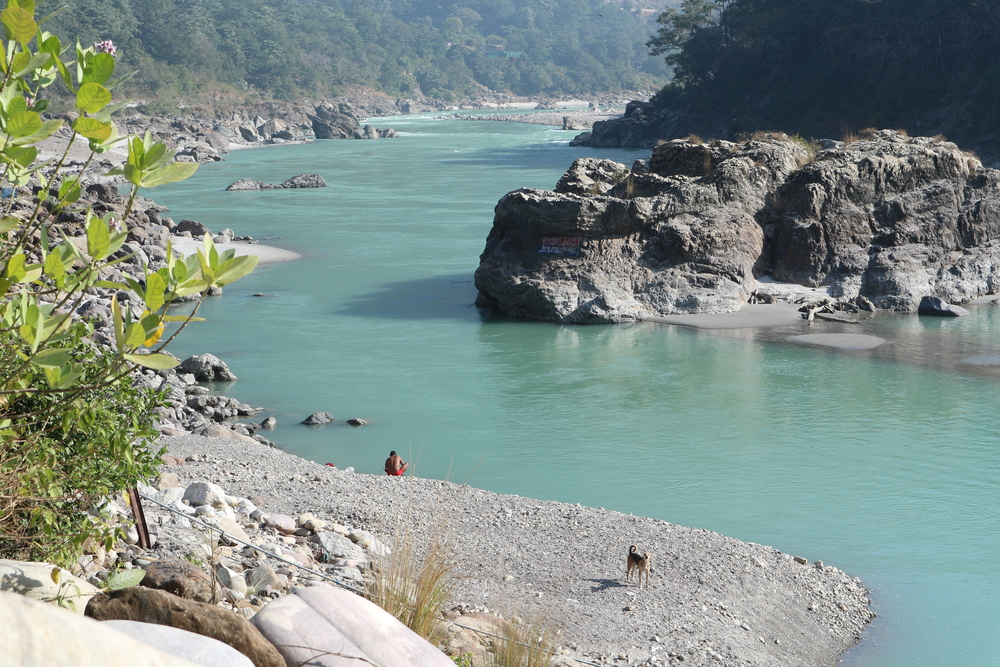
It’s the most easterly point of Australia and, as such, the first place in the country to witness the sunrise. This, plus its incredible surf (and after all, surfing is a spiritual experience, right?) and the enormous veins of obsidian that exert a magnetic pull from beneath its surface, have all combined to make it one of Australia’s most ‘alternative’ destinations. It’s not just modern pilgrims and travelers who have given Byron Bay this significance; according to Aboriginal elders, it has always been a place of ritual, ceremony and enlightenment.

This sacred site was considered to be the center of the world and, as such, revered by the ancient Greeks of all ranks and walks of life. The temple of which there are still remains in existence today dates from around the 4th century BC; people who came here sought counsel from Apollo, which they would receive - cryptically - through the mouth of a priestess-oracle, whose utterings would then be translated by a priest. As a visitor today, the sacred spring and trance-inducing gases may even cause you to have a revelation of your own.
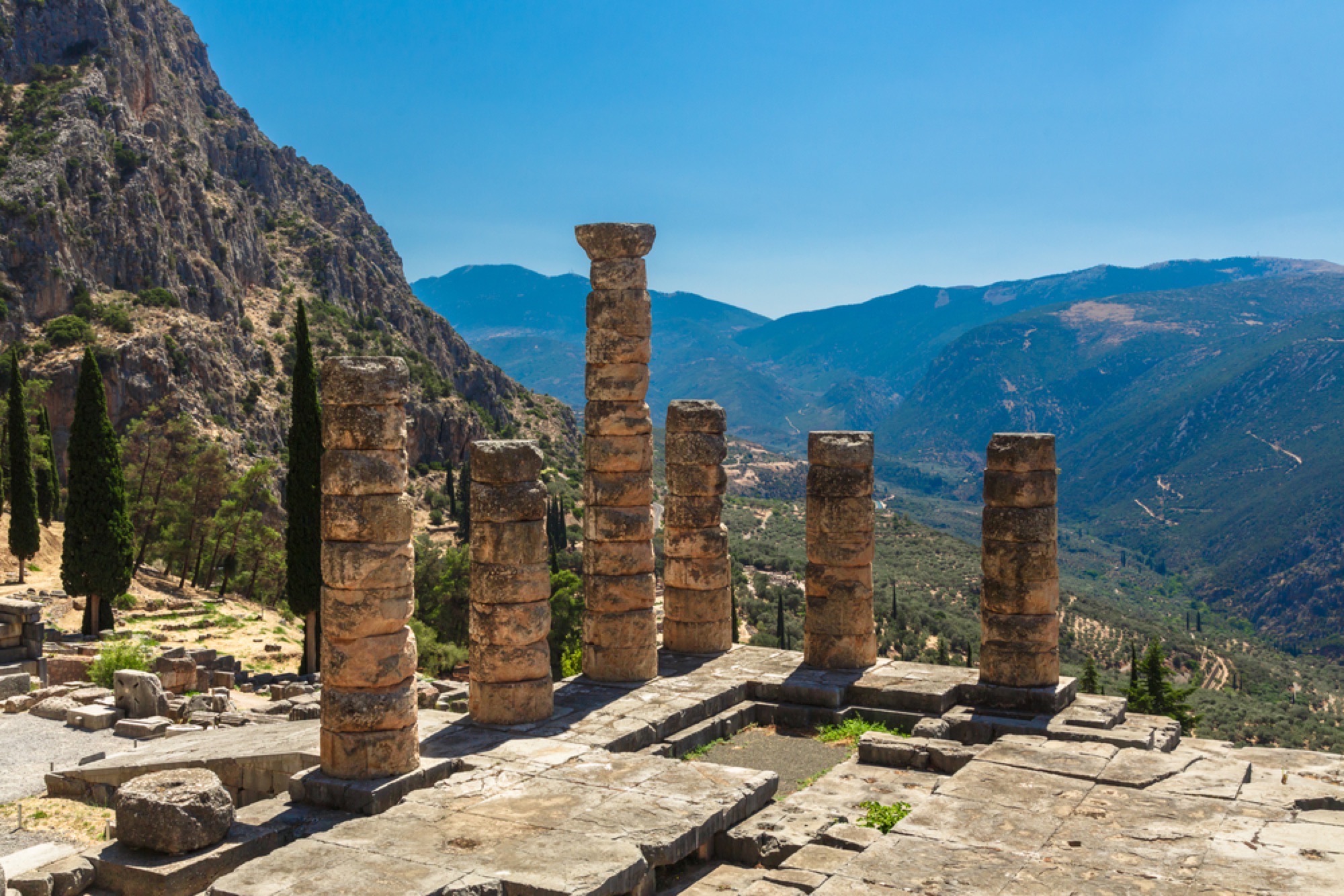
With a culture that’s steeped in myth, magic and legend, Ireland has no end of jaw-dropping destinations to astound your eyes and stir your soul. This particular one, which dates back to about 2500 BC, may strike a particular chord with the modern day visitor because of the fact that its facets remain hidden to us, and are only known of by virtue of non-invasive surveys, which have revealed the existence of huge and undoubtedly significant monuments. What you’ll see is a lushly grassed series of undulating mounds. What you’ll feel depends on your ability to rely less on your eyes, and more on your Celtic heart.
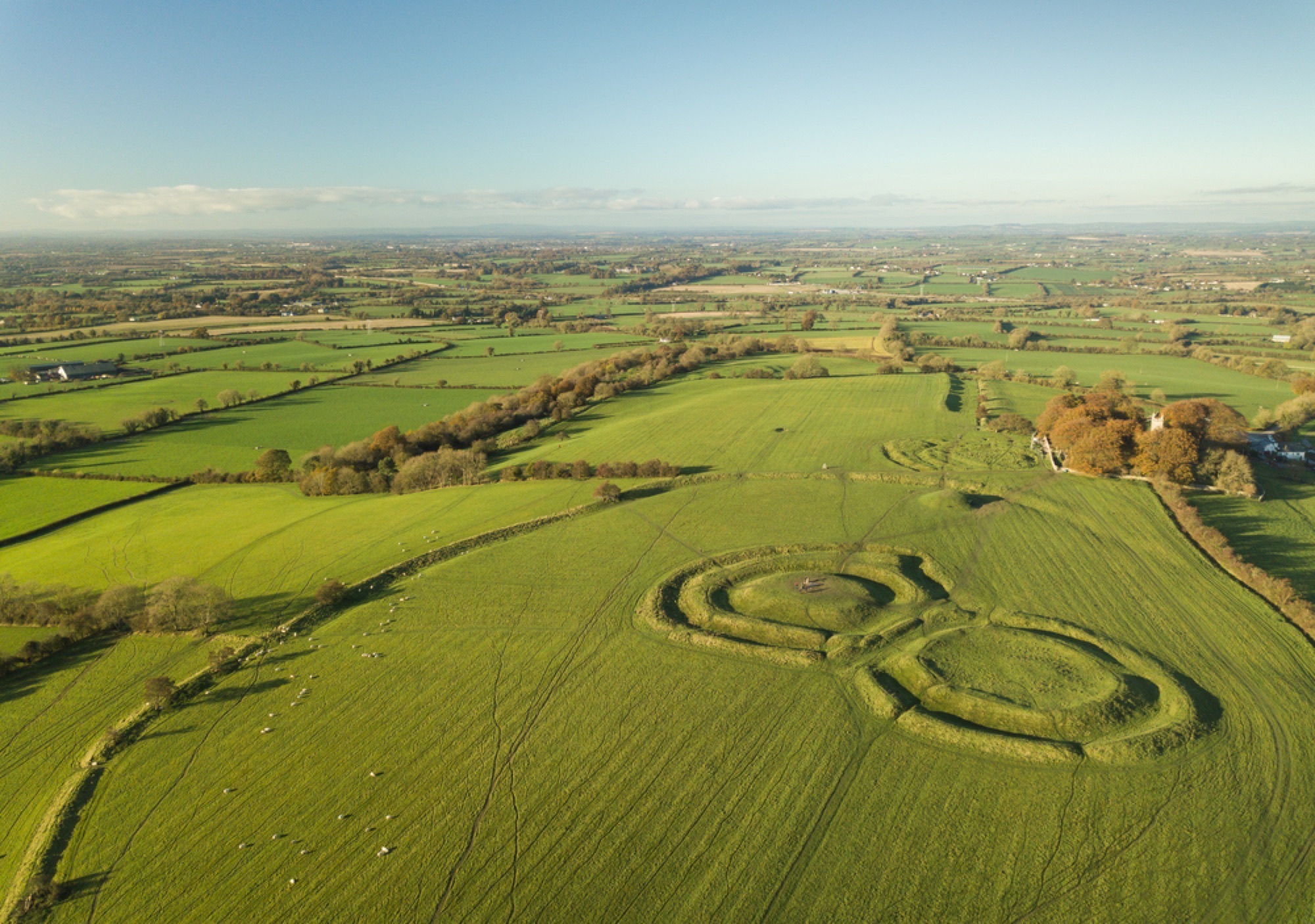
It’s been dubbed the Wailing Wall, a reference to the centuries of tears shed by Jews longing to rebuild Jerusalem, and is one of the most sacred sites in Jewish culture, believed to be located very near to Solomon’s original temple. As a place of remarkable history and spirituality, those from all religions are welcomed here to partake in silent prayer: write a prayer down and stuff it into a crack in the wall and it will be collected and buried nearby to become an ‘eternal prayer’.

As well as boasting some impressive landscape, to which outdoor lovers are drawn, Mount Shasta, in Northern California, is also a magnet for those with more spiritual pursuits on their minds. This ice-capped volcano houses many myths, ranging from geographically feasible spring waters, to less plausible transcendental beings: what’s indisputable, however, is that visitors to the mountain report a heightened sense of spiritual awareness and wellness.

Head here during a full moon to experience thousands of pilgrims circling the mountain on foot, a circumambulation believed to cleanse the karma of all negativity - not only from this life, but from all previous lives. Eight temples, located around the mountain, form a sacred pattern with celestial references; cosmic vibrations are said to be felt strongly here, and numerous caves riddle the mountain, to which monks peacefully retreat to meditate.
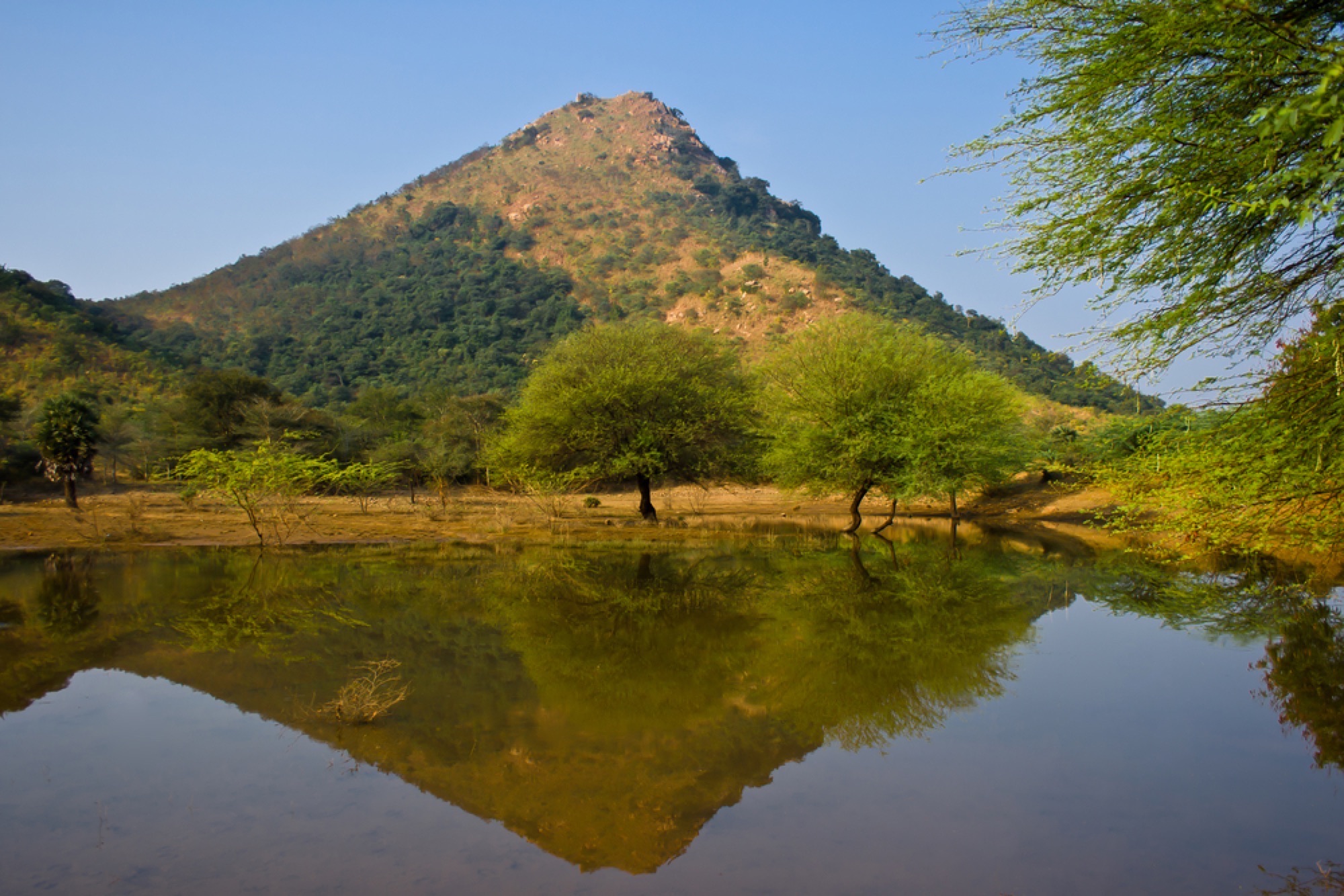
One of Europe’s most popular destinations for Christians, Assisi is, of course, closely connected with St Francis, whose life was spent here, and whose humble style of life has made him one of Italy’s most beloved saints. The Franciscan Order, which promotes understanding and tolerance among all people, regardless of religion, also has its roots here. Follow the St Francis Way through spectacular Umbrian landscape from Florence, along a route that links together several places of significance to the Saint, and ends in Rome.
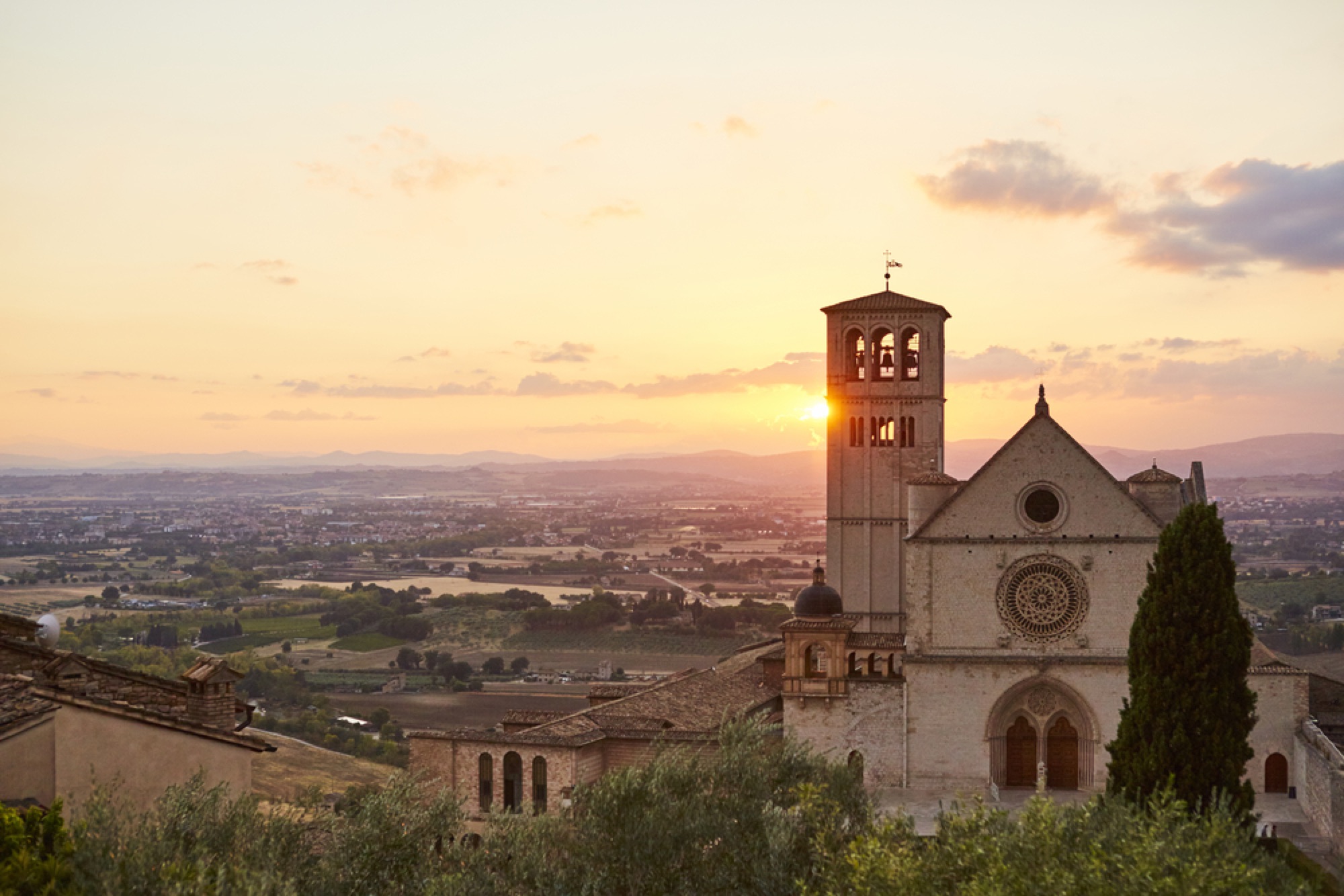
There’s a stretch of beach just before you reach the tip of the North Island, and it’s to this place, according to Maori belief, that spirits are drawn before they finally depart this world. There are decent camping facilities here and, even if you don’t spot any spirits yourself, you’re guaranteed to feel a sense of peace and wholeness that makes it easy to understand why this remote location might be held in such mystical regard by the natives of this land.

Because they can only be seen clearly from the air, Peru’s sand-etched lines - some of which depict animals and others, geographical patterns - have led theorists to question the issue of for whom they were originally intended. Were they messages to the gods? Were they created by aliens? More recent research suggests that the lines were ritualistic in purpose, designed to be walked along, single file and deliberately, in a quest for spirituality and enlightenment. Whether you view from ground level or by plane, you’re certain to be awestruck by them.
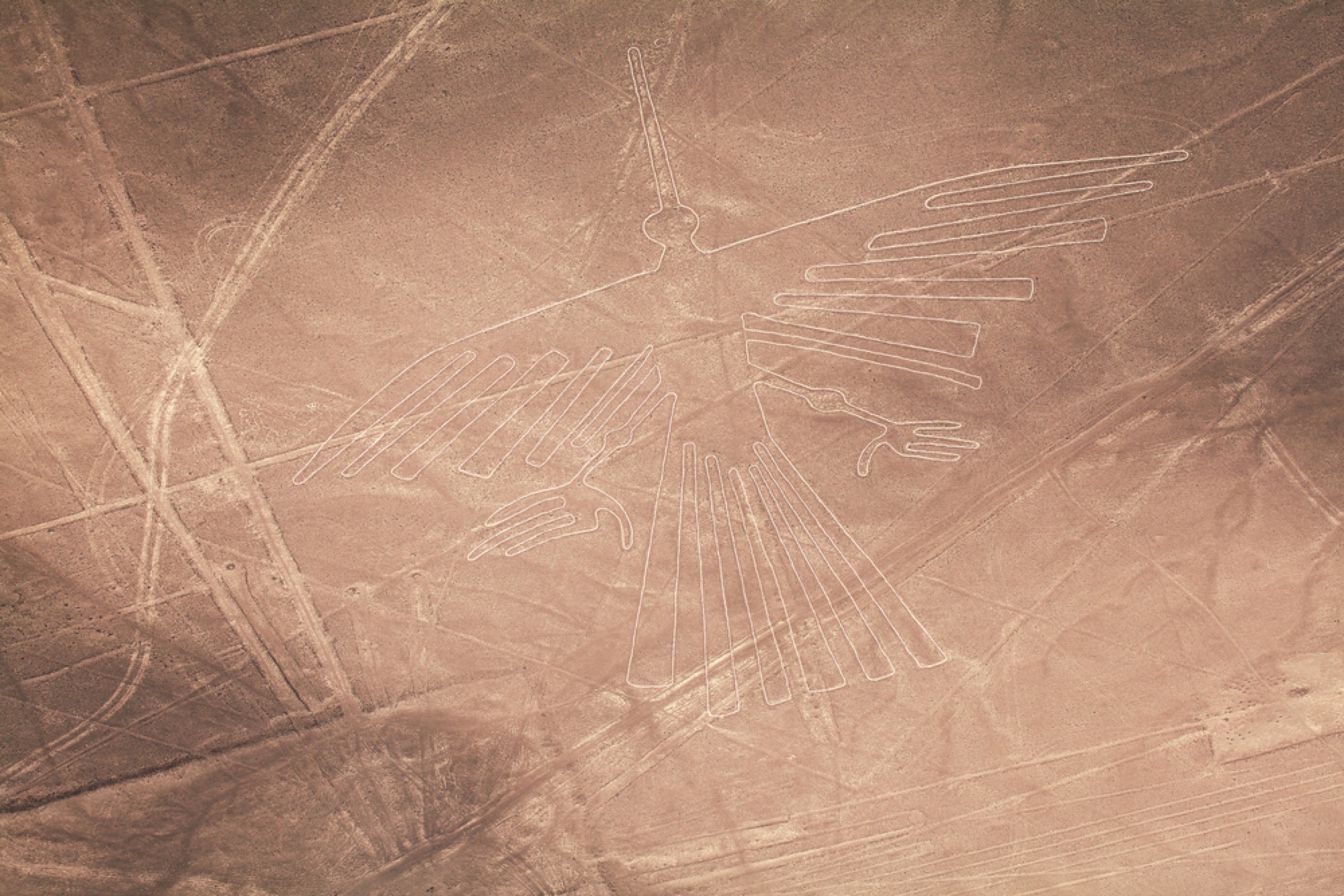
Although not many pilgrims today tackle the 1500 kilometers of this route on foot, there are still many who cover them all by bus. The 88 temples are located on the island of Shikoku, and each one is said to represent a different human affliction or weakness, in the eyes of Buddhism - so by visiting each one, you can rid yourself of the foibles holding you back from purity and enlightenment. Around 2,000 - 5,000 pilgrims are said to complete the circuit on foot each year, taking, on average, 40 to 50 days to do so.
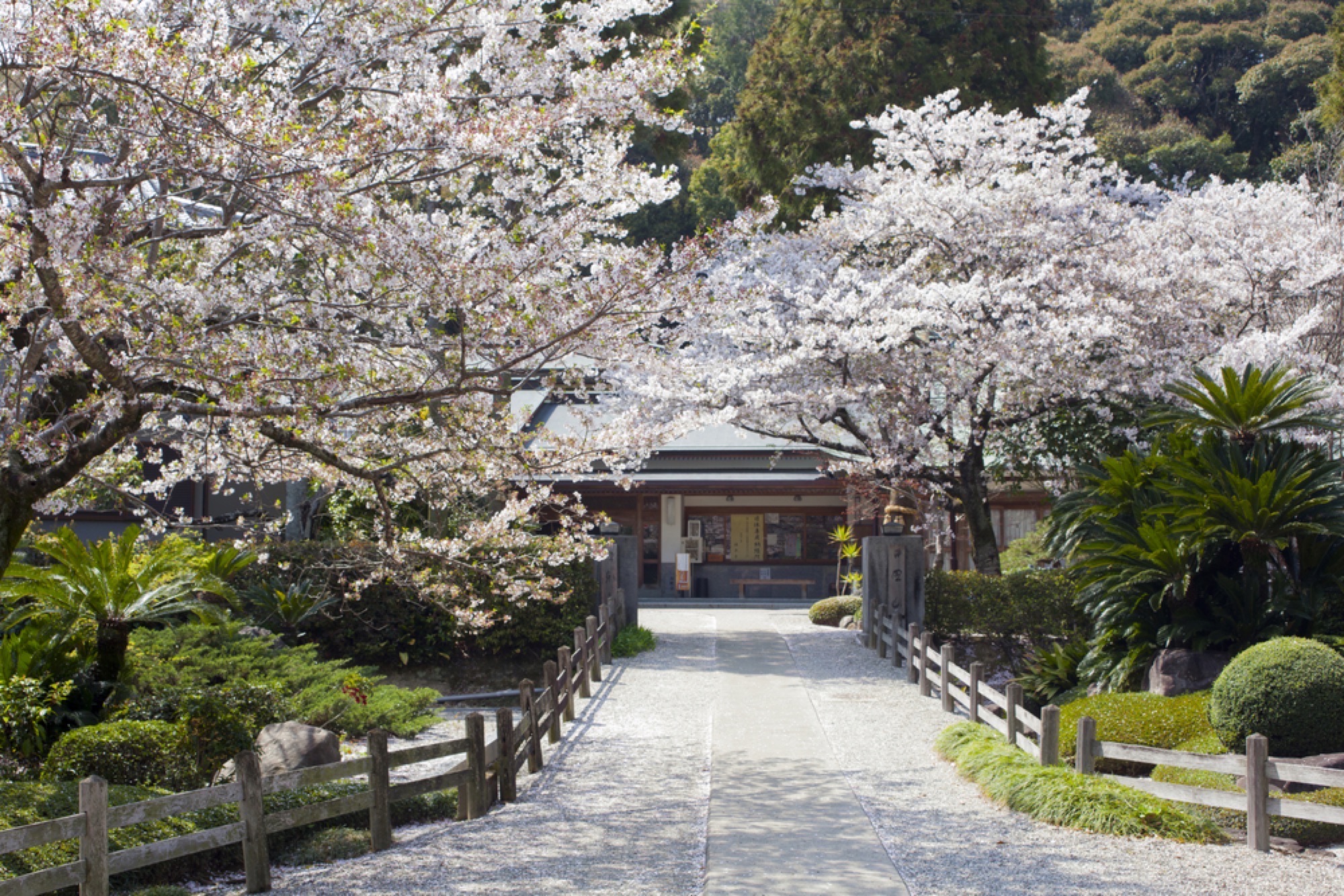
Moses is believed to have received the Ten Commandments from God at the top of this peak and although the archaeological evidence on this isn’t concrete, the site has long been revered as one of immense religious significance. Monasteries are scattered throughout the area; start from the one dedicated to St Catherine to travel, on foot or by camel, to the 2285 meter summit. A view of the sunrise from this vantage point is a spiritual, life-affirming experience in itself.

Regarded by many to be a spiritual vortex, a place where physical, spiritual and mystical energies align in a way that acts as a magnet and perhaps offers just a ‘thin veil’ between the mysterious and ordinary worlds, Santa Fe has been a center for alternative ways of living for centuries. From the miraculous staircase of its Loretto Chapel to its luminous and vast desert landscapes, restorative hot springs and ancient pueblos, this is place to which many come and never leave.
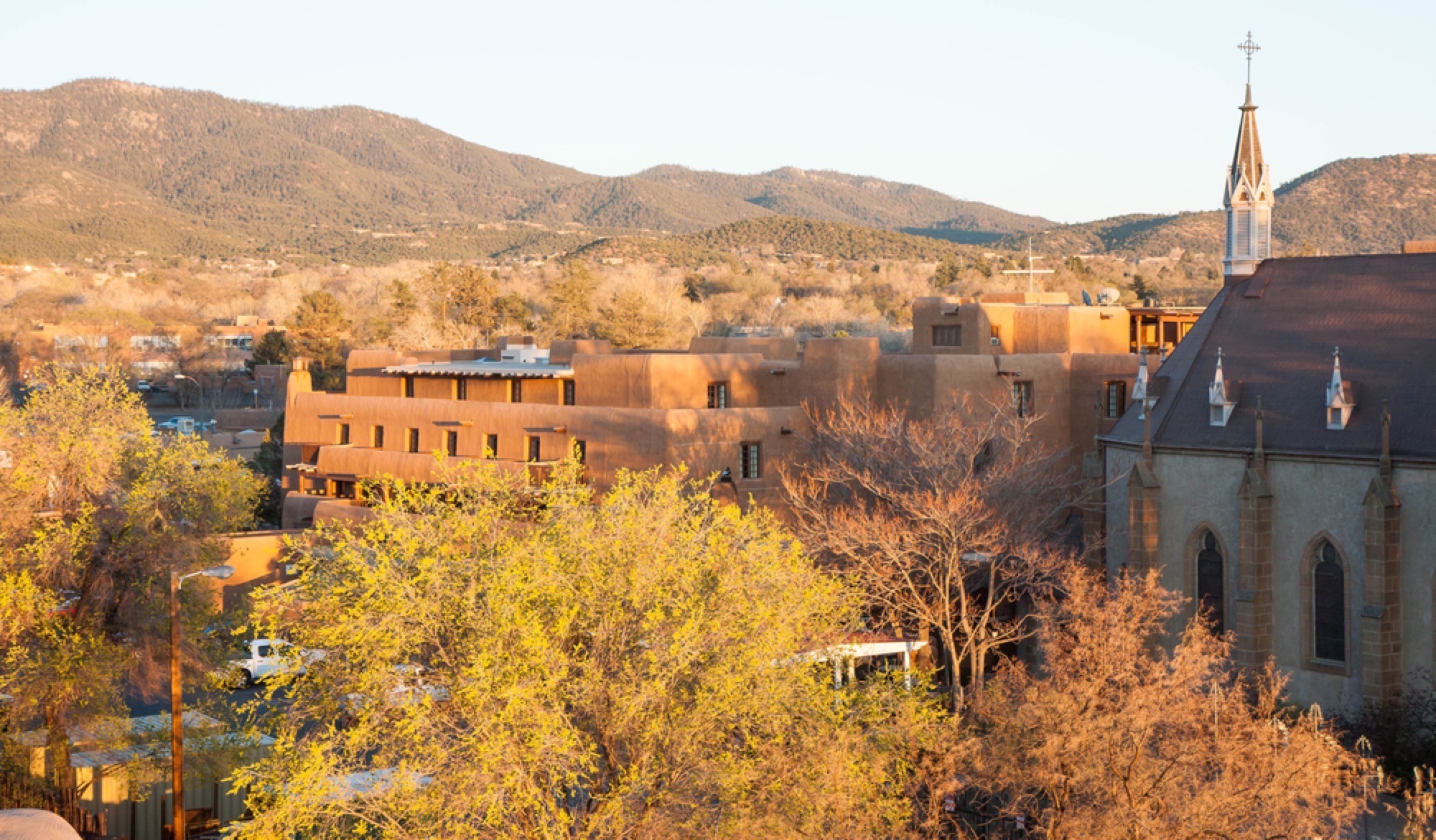
Canada’s own Dead Sea, this body of water is fed by underground springs and was named by indigenous medicine men in acknowledgement of the Great Spirit and of the lake’s healing powers: the word ‘manitou’ has a fundamental, energetic significance. The lake’s high salt and mineral content makes it incredibly buoyant, so you can float both your physical ailments and spiritual cares away.
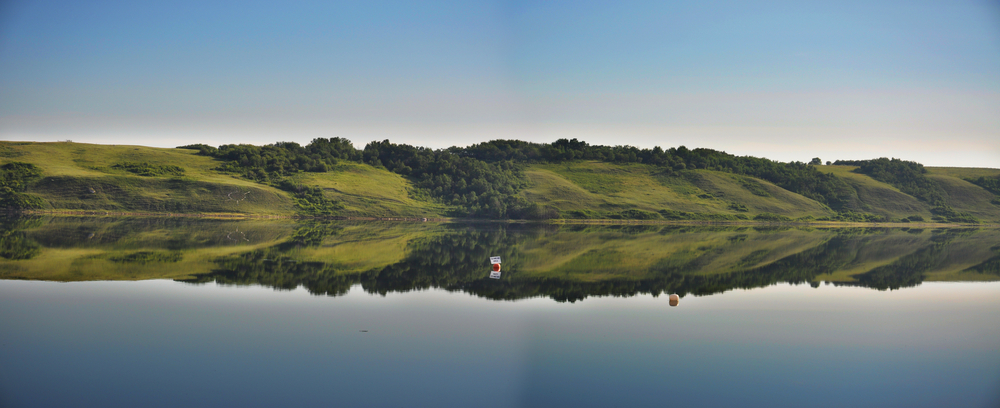
Believed by some to be one of the most important cosmic and energetic centers in the world, this Glacier lies in the west of Iceland and is the place in which Jules Verne was inspired to write Journey to the Center of the Earth. Its astonishing power also exerted its force over UFO experts, who predicted that aliens would land there. They didn’t, but you should.
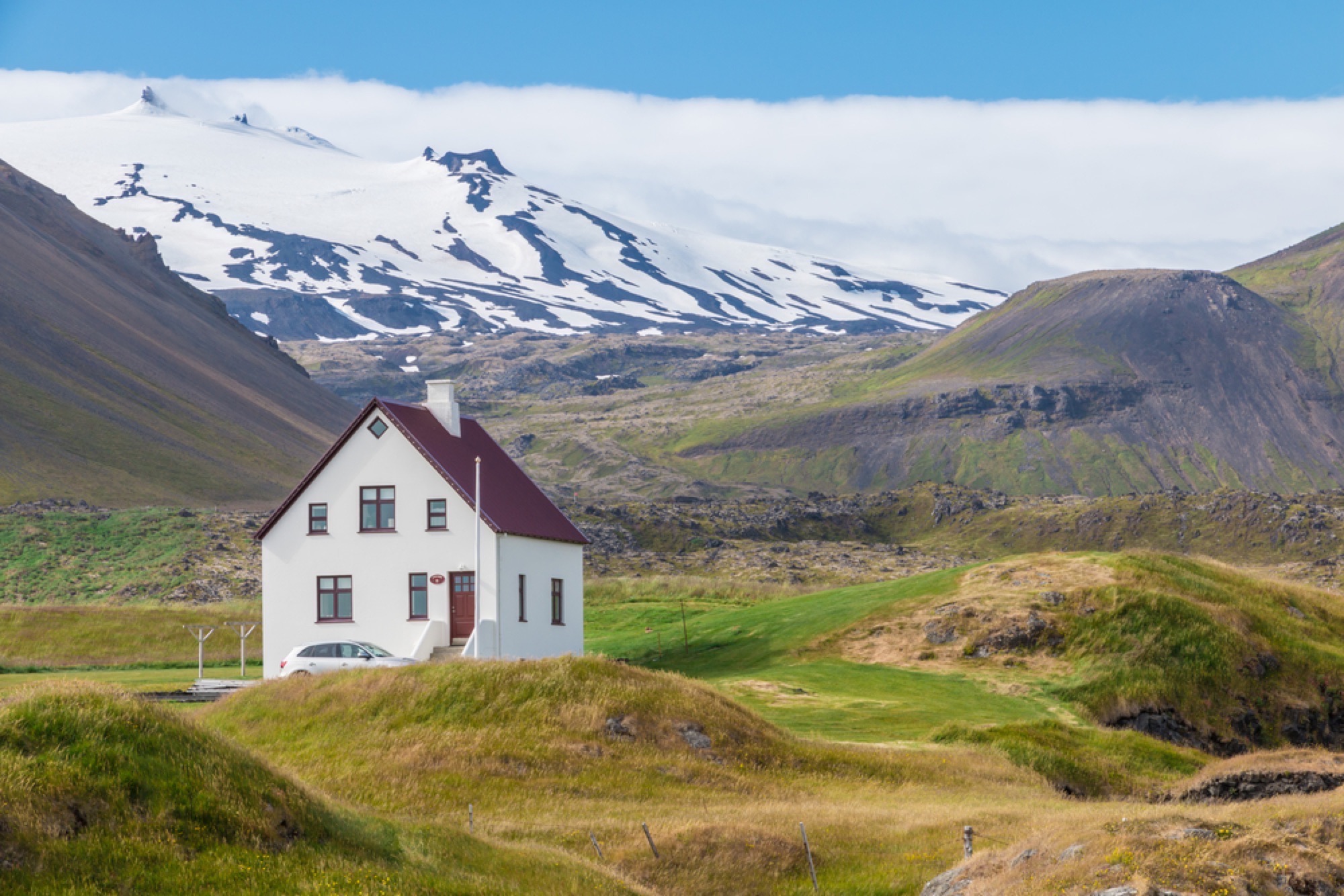
There’s an imprint at the top of this mountain in the southern section of Sri Lanka and different religions have their own views as to what it is. To some, it’s the footprint that Adam left when he was exiled from Paradise. To Buddhists, however, who call the mountain Sri Pada, it was left by Buddha when he departed this earth and ascended to heaven. Whatever your personal belief system dictates, the site draws thousands of pilgrims who wend their way up the mountain in order to worship; the views are an undeniable bonus to any spirituality gained en route.
